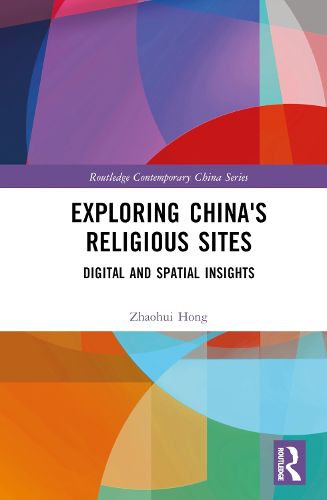Readings Newsletter
Become a Readings Member to make your shopping experience even easier.
Sign in or sign up for free!
You’re not far away from qualifying for FREE standard shipping within Australia
You’ve qualified for FREE standard shipping within Australia
The cart is loading…






This book employs cutting-edge digital and spatial methodologies to tackle the critical issue of religious site scarcity across China for five major religions: Protestantism, Catholicism, Buddhism, Daoism, and Islam, spanning the period from 1911 to 2004.
Drawing from Chinese government datasets and Geographic Information Systems (GIS), this comprehensive work presents official information concerning religious sites and pinpoints specific cities facing shortages in such sites. The book also offers an in-depth analysis of religious sites, delving into their statistical, historical, comparative, and religious contexts and evolving significance within China, shedding light on the unique challenges and opportunities each religion faces.
This groundbreaking book uncovers spatial patterns and relationships, providing new insights into the distribution of religious sites and the evolution of Chinese religious practices since 1911. It will be an invaluable resource for students and scholars of modern China, religious studies, and digital and spatial humanities.
$9.00 standard shipping within Australia
FREE standard shipping within Australia for orders over $100.00
Express & International shipping calculated at checkout
This book employs cutting-edge digital and spatial methodologies to tackle the critical issue of religious site scarcity across China for five major religions: Protestantism, Catholicism, Buddhism, Daoism, and Islam, spanning the period from 1911 to 2004.
Drawing from Chinese government datasets and Geographic Information Systems (GIS), this comprehensive work presents official information concerning religious sites and pinpoints specific cities facing shortages in such sites. The book also offers an in-depth analysis of religious sites, delving into their statistical, historical, comparative, and religious contexts and evolving significance within China, shedding light on the unique challenges and opportunities each religion faces.
This groundbreaking book uncovers spatial patterns and relationships, providing new insights into the distribution of religious sites and the evolution of Chinese religious practices since 1911. It will be an invaluable resource for students and scholars of modern China, religious studies, and digital and spatial humanities.